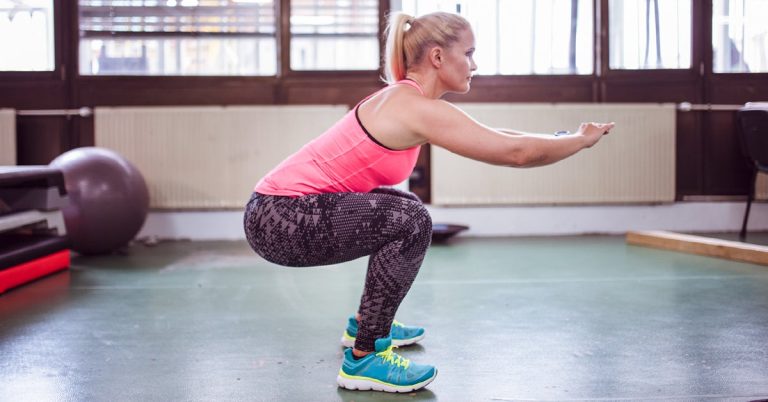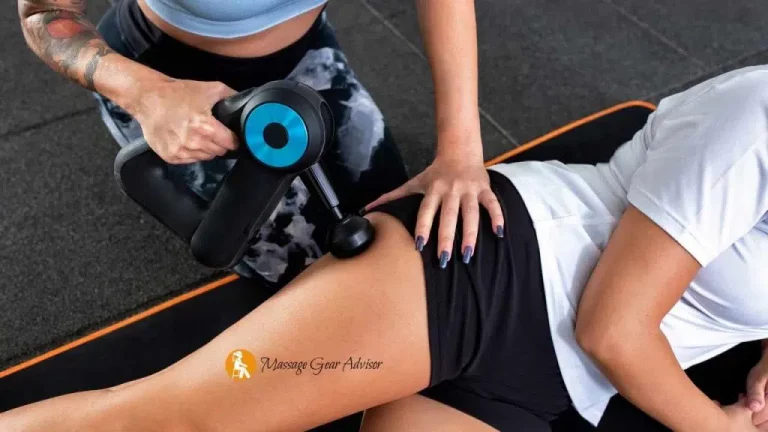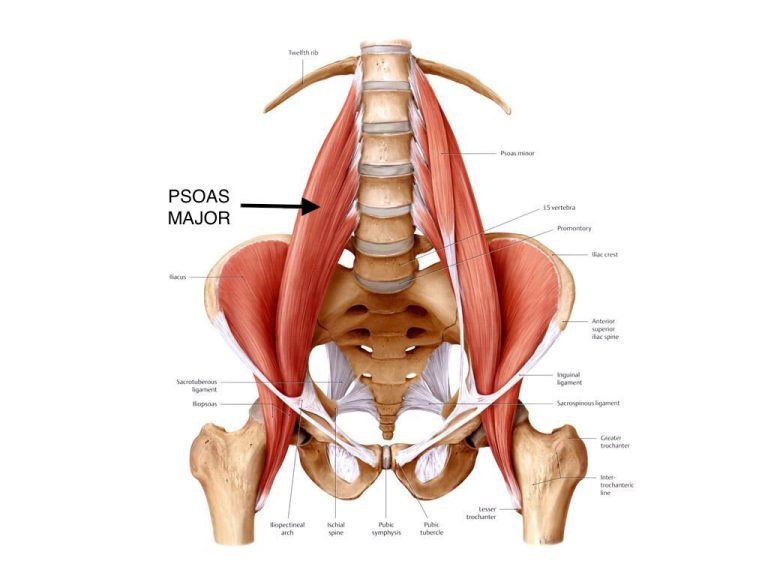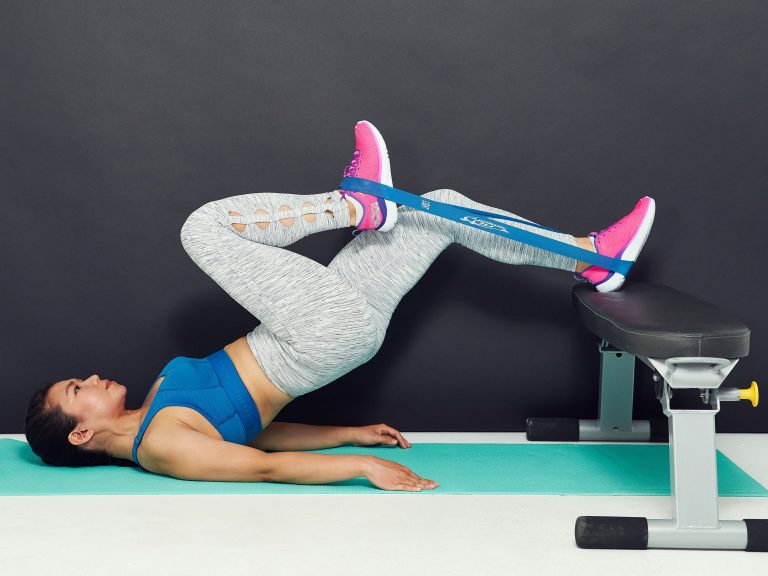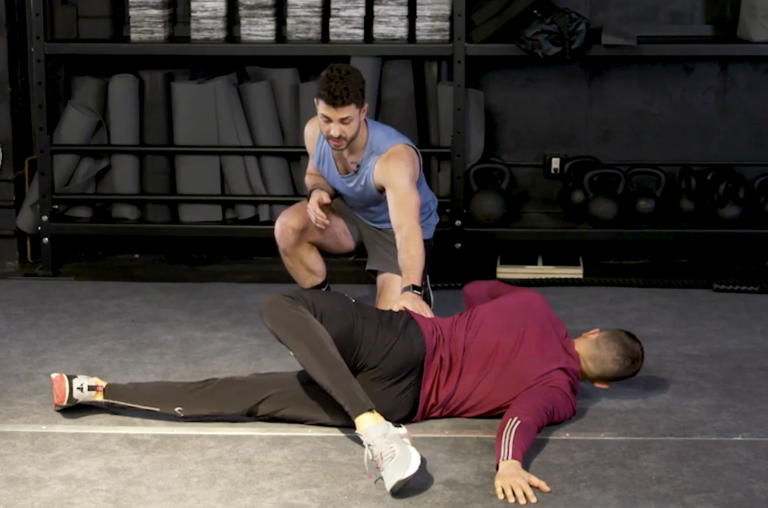The Thomas Test: Hip Flexors and Their Importance
In a world that values quick fixes and instant solutions, it’s no wonder that many of us are looking for a reliable way to assess the health and flexibility of our hip flexors. Enter the Thomas Test – a movement test that promises to not only evaluate tight hip flexors but also assess their length and determine tightness.
But is this test really as reliable as it claims to be? As we delve into the intricacies of the Thomas Test, we’ll uncover its limitations and explore why it may not be the be-all and end-all solution we’ve been hoping for.
So, grab your metaphorical lab coat as we embark on a journey to unravel the truth about the Thomas Test and its impact on our hip flexor health.
thomas test hip flexors
The Thomas Test is a simple movement test used to determine tight hip flexors. Hip flexor muscles play a crucial role in running, providing speed and power.
However, tight hip flexors can limit force and motion, leading to decreased speed and increased risk of injury. The test examines various muscles such as the iliopsoas, rectus femoris, and tensor fascia latae.
To perform the test, lie on your back with one leg straightened while keeping the other knee close to your chest. Addressing tight hip flexors through stretching exercises like the Thomas Stretch and lunge stretch can be beneficial.
Rolling out the hip flexor area with a lacrosse ball is also suggested. Impaired hip range of motion can cause conditions like psoas syndrome and lower back pain.
Goniometric measurements are used to assess range of motion at the hip and knee joints. It is important to note that the Thomas Test should not be performed in certain contraindications, and the reliability of the test is limited due to a lack of extensive studies.
Key Points:
- The Thomas Test is used to determine tight hip flexors, which can limit force and motion.
- The test examines muscles such as the iliopsoas, rectus femoris, and tensor fascia latae.
- To perform the test, lie on your back with one leg straightened and the other knee close to your chest.
- Stretching exercises like the Thomas Stretch and lunge stretch can help address tight hip flexors.
- Rolling out the hip flexor area with a lacrosse ball is also suggested.
- Goniometric measurements are used to assess range of motion, but the reliability of the test is limited.
Sources
https://www.physio-pedia.com/Thomas_Test
https://www.runnersworld.com/health-injuries/a39830861/the-thomas-test/
https://www.uptodate.com/contents/image?imageKey=EM%2F89742
https://www.bicycling.com/training/a40799513/the-thomas-test/
Check this out:
💡 Pro Tips:
6. It is important to maintain proper form during the Thomas Test to ensure accurate results.
7. If you are experiencing pain or discomfort during the test, stop immediately and consult a healthcare professional.
8. Regularly incorporating hip flexor stretches into your fitness routine can help prevent tightness and improve range of motion.
9. Strengthening the muscles surrounding the hip flexors, such as the glutes and hamstrings, can also help alleviate tightness.
10. It is recommended to warm up the body before performing the Thomas Test to prevent any potential muscle strains or injuries.
Importance Of Hip Flexor Muscles For Runners
Hip flexor muscles play a crucial role in the performance of runners. These muscles are responsible for flexing the hip joint, which is essential for generating speed and power during running.
The primary hip flexor muscles involved are the iliopsoas, rectus femoris, and tensor fascia latae. These muscles work together to drive the forward movement of the legs and propel the body forward.
Runners heavily rely on the strength and flexibility of their hip flexor muscles to achieve optimal performance. A well-functioning and flexible hip flexor complex can enhance running efficiency, speed, and stride length. When the hip flexors are strong and flexible, runners can generate more force and achieve a longer stride, resulting in improved running speed.
Effects Of Tight Hip Flexors On Speed And Injury Risk
Tight hip flexors can have detrimental effects on a runner’s performance and increase the risk of injury. When the hip flexor muscles are tight, they limit the force production and range of motion in the hip joint.
This restriction can lead to decreased running speed as the runner is unable to fully extend their leg and generate maximum power.
Additionally, tight hip flexors can contribute to biomechanical imbalances and compensatory movements, increasing the risk of injury. The altered movement patterns put extra stress on other structures, such as the knees or lower back, leading to overuse injuries, strain, and pain. Common injuries associated with tight hip flexors include IT band syndrome, patellofemoral pain syndrome, and lower back pain.
Understanding The Thomas Test For Assessing Hip Flexor Tightness
The Thomas Test is a widely used movement test to assess the tightness of the hip flexor muscles. It specifically examines the length and flexibility of the iliopsoas, rectus femoris, and tensor fascia latae muscles.
The test provides valuable information about the hip’s range of motion and identifies any restrictions that may be present, indicating tightness in the hip flexors.
The test involves lying flat on your back with your legs hanging off a bed or table. While keeping one knee close to the chest, you straighten the opposite leg.
The Thomas Test measures the degree of extension in the straightened leg, indicating the tightness of the hip flexors. If the thigh cannot reach a parallel position with the table or bed, it suggests limited hip flexor flexibility and potential tightness.
Muscles Examined In The Thomas Test
The Thomas Test examines several muscles that contribute to hip flexion. These muscles include the iliopsoas, pectineus, adductor longus & brevis, adductor magnus, rectus femoris, tensor fascia lata, and sartorius.
By assessing the flexibility of these muscles, healthcare professionals can gain insight into the overall condition of the hip flexors and identify potential areas of tightness or restriction.
Steps To Perform The Thomas Test
To perform the Thomas Test correctly, follow these steps:
-
Lie flat on a table or bed, with the non-test leg extended and resting on the table at a 90-degree angle.
-
Bring the other knee towards your chest, holding it as close as possible to replicate a seated position.
-
Slowly straighten the elevated leg while keeping the knee bent.
-
Observe the position of the thigh.
If it does not reach a parallel position with the table or bed, it suggests tightness in the hip flexors.
Remember, an accurate assessment requires the individual to relax and allow the leg to naturally extend. Resisting the extension or contracting other muscles can affect the results.
Stretching Exercises And Other Techniques To Address Tight Hip Flexors
Addressing tight hip flexors involves a combination of stretching exercises and other techniques to improve flexibility and decrease tightness. Some effective approaches include:
-
Thomas Stretch: Lie at the edge of a surface with the non-stretching leg bent and the other leg hanging off. Draw the knee of the hanging leg towards your chest, allowing for a stretch in the hip flexor.
-
Lunge Stretch: Assume a lunge position with one leg forward and the other leg extended behind you, knee touching the ground. Keep your torso upright and push your hip forward, feeling a stretch in the hip flexors.
-
Lacrosse Ball Massage: Use a lacrosse ball to roll out the hip flexor area, applying gentle pressure and targeting tight spots to release tension and increase flexibility.
These exercises and techniques can help lengthen and release the tight hip flexor muscles, improving flexibility, reducing the risk of injury, and optimizing running performance.
In conclusion, the hip flexor muscles play a vital role in a runner’s speed and power. Tight hip flexors can impair performance and increase injury risk.
The Thomas Test is a valuable assessment tool to determine hip flexor tightness. Understanding the muscles involved in the test and implementing appropriate stretching exercises and techniques can help runners address tight hip flexors and optimize their performance.


